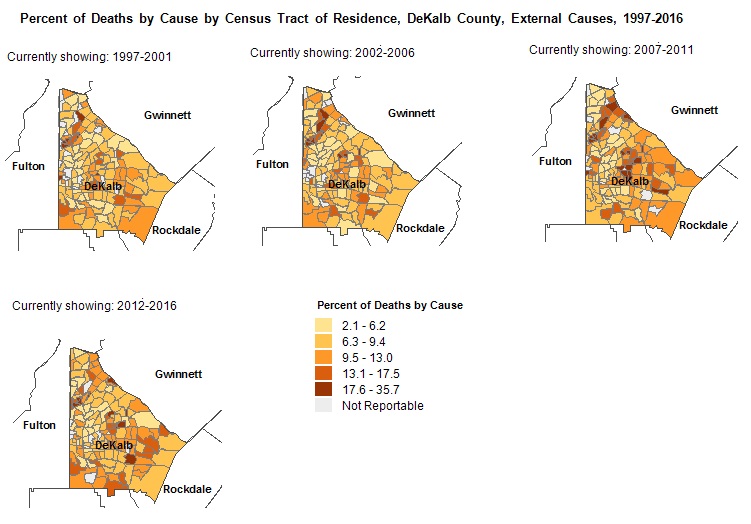

| Zoom | Use scroll wheel; or Shift+click and drag mouse to draw zoom area; or use + - buttons. |

|
Full Extent: Select this button to see the entire map. |
| Pan | Click and hold mouse. |
| Print Map: Click on this button to get a printable copy of the map in PNG format as it appears at the moment. Disable any pop-up blockers. Right click on the preview and you can choose to save, copy or print the preview. The preview can also be dragged and dropped to a folder or desktop. |
V1.16 (7/29/2025)